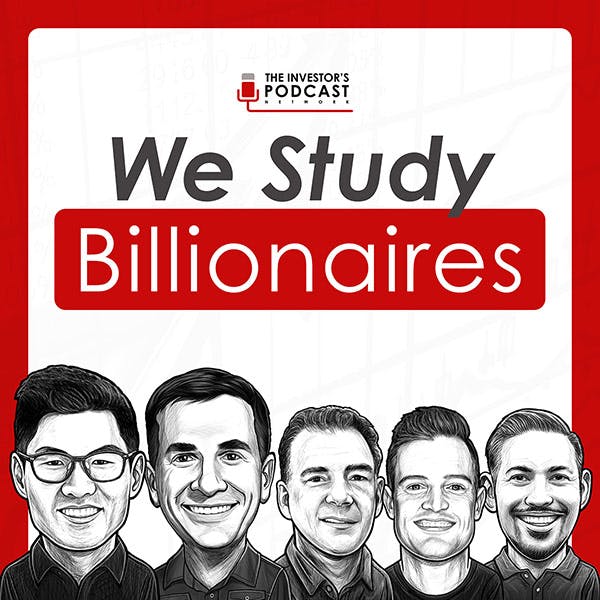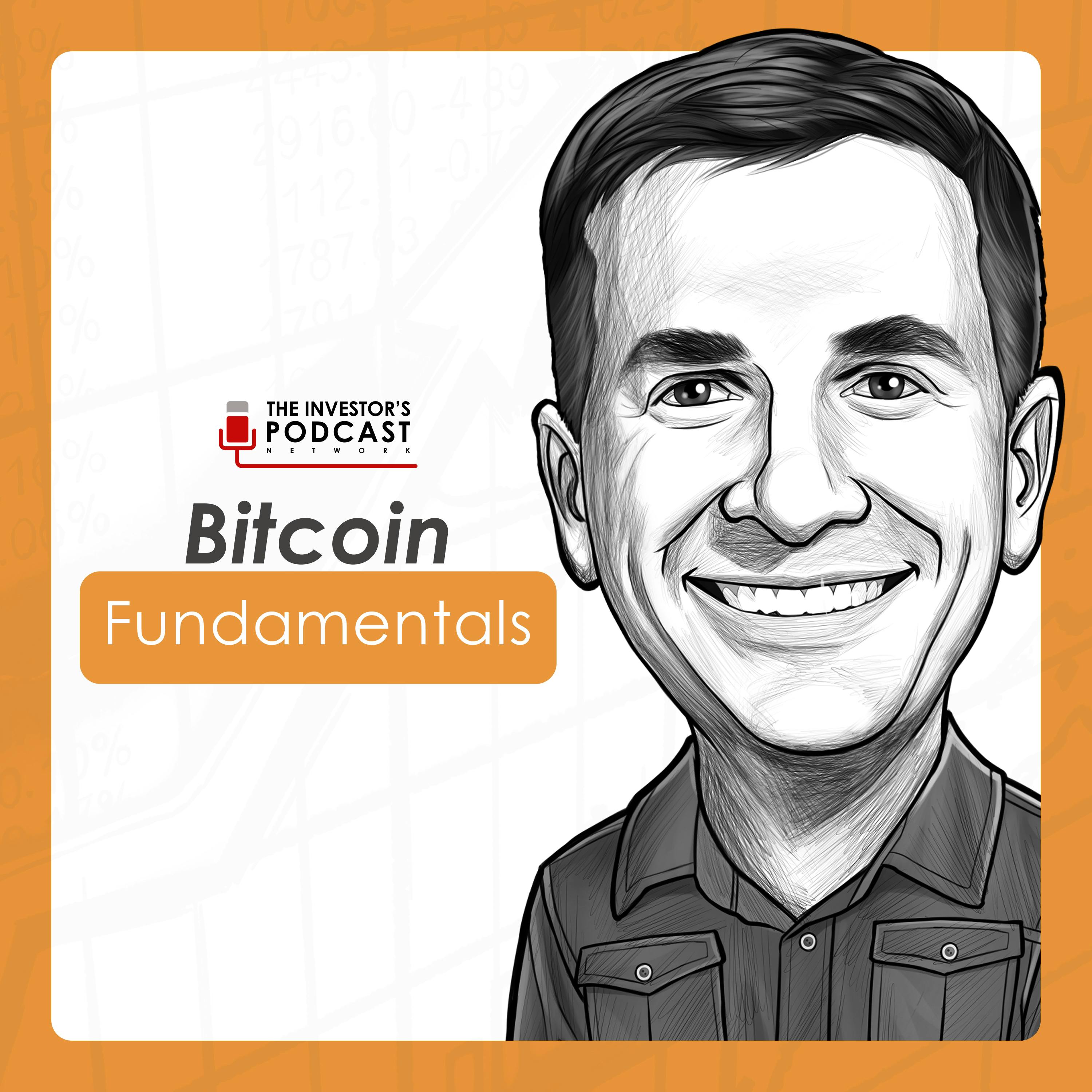
January 3, 2025 • 1hr 5min
TIP688: Long-Term Market Cycles w/ Rob Arnott
We Study Billionaires - The Investor’s Podcast Network

Key Takeaways
- The Fundamental Index (RAFI) weights companies based on their economic footprint rather than market capitalization, leading to approximately 2% outperformance per year over long periods
- Current equity risk premium is historically low at around 1.5%, with expectations of 3.5% returns for US stocks over the next decade due to potential multiple compression
- Value stocks are currently extremely cheap relative to growth stocks, potentially setting up for significant outperformance over the next 5-10 years
- Companies removed from major indices tend to outperform their replacements by 28% over the following 5 years
- Index funds own approximately 25% of S&P 500 companies' market cap, creating significant price pressure when stocks are added or removed
Introduction
Rob Arnott, founder and chairman of Research Affiliates, joins Clay Finck to discuss innovative investment strategies, market valuations, and opportunities in today's market. Rob has pioneered several unconventional portfolio strategies now widely applied in the investment industry, with over $156 billion invested in strategies developed by his firm.
Topics Discussed
The Fundamental Index Explained (02:02)
Rob explains how the Fundamental Index strategy was developed in response to the dot-com bubble's aftermath, addressing the inherent flaws in market cap-weighted indexing:
- Core concept: Weights companies based on their economic footprint rather than market capitalization
- Measures used: Sales, profits, cash flow, book value, dividends
- Performance: Has outperformed cap-weighted indexes by approximately 2% annually
- Value tilt: Naturally underweights expensive growth stocks and overweights cheaper value stocks
Understanding the Equity Risk Premium (16:32)
Rob breaks down how to properly calculate and interpret the equity risk premium:
- Current yield: 1.25% dividend yield for stocks vs. 5% for cash
- Growth expectations: Reasonable to expect 5% nominal growth, not the consensus 18%
- Valuation impact: Potential multiple compression could reduce returns by 3% annually
- Net result: Expected equity returns of around 3.5% annually over the next decade
Short-Term vs. Long-Term Forecasting (23:44)
Discussion of why long-term forecasting can be more reliable than short-term predictions:
- Long-term components: Yield + growth + valuation change
- Historical accuracy: 10-year forecasts typically within 2-2.5% of actual returns
- Short-term uncertainty: Much more variability in one-year outcomes due to sentiment and market psychology
The Value Cycle (27:50)
Rob shares his perspective on where we are in the value cycle:
- Current situation: Value stocks are near historic lows relative to growth stocks
- Potential opportunity: Value could outperform growth by 5-7% annually over next 5 years
- Confidence levels: 60/40 odds for outperformance in 2024, 80/20 odds over 10 years
The NEXT Strategy (44:03)
Discussion of the strategy focusing on companies removed from major indices:
- Historical performance: 28% outperformance over 5 years for removed companies
- Portfolio construction: Equal-weight portfolio of 150 stocks removed in past 5 years
- Win/loss ratio: Wins 50% of the time, but wins by 18% vs. losses of 5%
Index Addition and Deletion Effects (49:21)
Analysis of what happens when companies are added to or removed from major indices:
- Index fund ownership: Approximately 25% of S&P 500 companies' market cap
- Price impact: 16% gap between additions and deletions
- Selection process: Committee-based for S&P 500, formulaic for Russell 1000
Conclusion
Rob Arnott's research highlights several market inefficiencies and opportunities, particularly in value stocks and companies removed from major indices. His work suggests that traditional cap-weighted indexing, while efficient in many ways, has inherent flaws that can be exploited through alternative weighting schemes and contrarian strategies. Current market conditions, with historically high valuations in growth stocks and low equity risk premiums, suggest investors should consider diversifying into areas like value stocks, small caps, and international markets.









